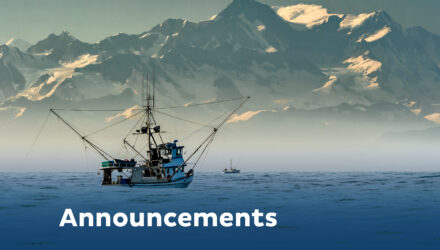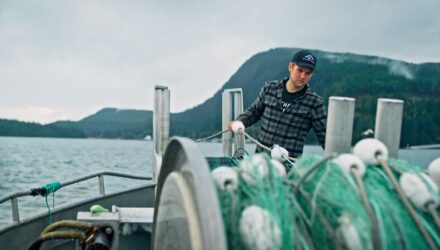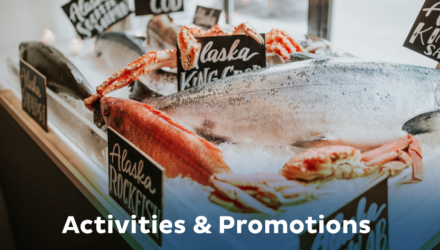Alaska Seafood Announces Culinary Alliance of Chef Stewards Showcasing Wild, Sustainable Seafood

Acclaimed chefs including Chris Cosentino, Jordan Rubin and more nationwide align to feature the best seafood on their menus and beyond
Juneau, Alaska – January 16, 2024 – On behalf of the nation’s largest source of wild domestic seafood, the Alaska Seafood Marketing Institute (ASMI) today announced its ongoing partnership with an esteemed group of chefs nationwide who will serve as culinary stewards of Alaska seafood. Chefs of the new Alaska Seafood Culinary Alliance (ASCA) not only feature and promote Alaska seafood, which is guaranteed to be wild and sustainably caught, within their own operations, but will help educate and inspire others in the foodservice industry and home cooks to do the same. ASCA chefs include Top Chef Masters winner Chris Cosentino, Jordan Rubin, chef/owner of Mr. Tuna and Bar Futo, and co-owner of Crispy Gai all located in Portland, Maine, Rachel Yang, cookbook author and chef at Revel and Joule in Seattle, Barton Seaver, one of the world’s leading sustainable seafood experts and educators, Keith Brunell, Director of Food and Beverage at Nordstrom Restaurant Group, Ashley Christiansen, James Beard Award-winning chef and owner of more than 6 restaurants in Raleigh, North Carolina, Chris Shepherd, James Beard Award-winning chef and founder of Southern Smoke Foundation, and many more.
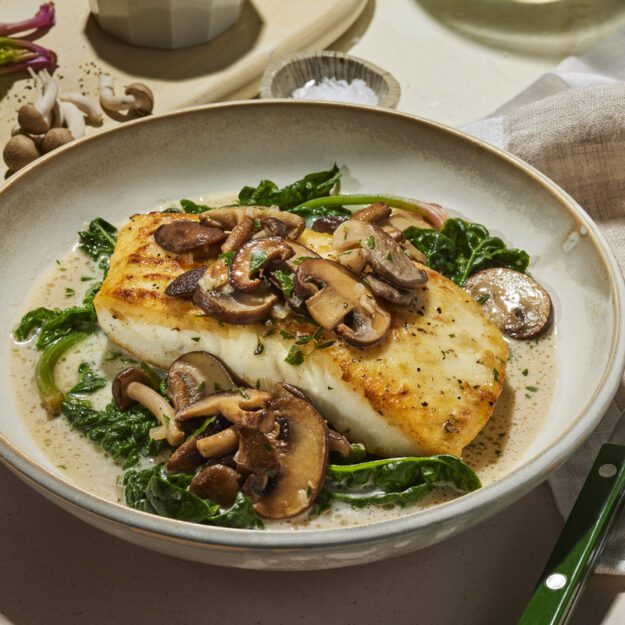
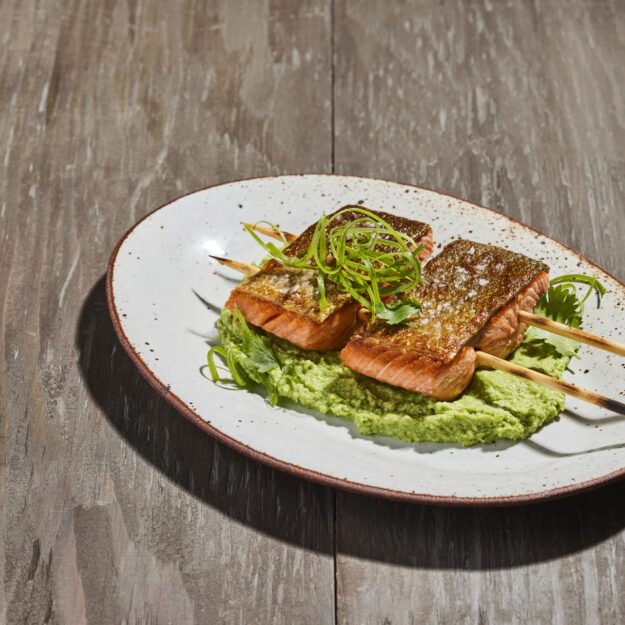
Studies show that 82 percent of consumers prefer seafood that is wild1, but are still craving more clarity on how to ensure the seafood on their plate is the best choice and ideas for how to prepare it. ASCA helps chefs learn from and work with their peers, with access to resources from ASMI, to make it easy to source and serve wild, sustainable, delicious Alaska seafood everywhere from fine dining establishments to large quick-service chains. From a Panko Crusted Alaska Halibut Sandwich at Chef Nathan Bentley’s Altura Bistro in Anchorage to a Wild Alaska Salmon Niçoise at Nordstrom Cafe locations nationwide, these chefs are showcasing inventive ways to prepare the best wild seafood from Alaska.
“People who come into our restaurants trust us to not only provide the highest quality, best tasting ingredients, but to make choices for our menus that respect the health of the planet as well,” said Chris Cosentino, Top Chef Masters winner, who is known for his nose-to-tail approach to cooking and sustainable eating.
“The quality and sustainability guarantee from wild Alaska seafood make all species out of Alaska a great choice, from Alaska salmon to some of my personal favorites like Alaska halibut and sablefish. I have created a wide array of recipes available for chefs and home cooks alike to inspire more cooking with wild seafood from Alaska.”
After the spike in at-home seafood cooking that occurred in 2020, consumers have returned to regularly seeking seafood for away-from-home dining occasions, with full-service restaurants comprising the vast majority (74%) of consumers’ last seafood dishes from foodservice.1
Diners are also interested in seeing more seafood on menus, with most wanting more seafood options than beef, chicken or plant-based protein.2 Sustainable seafood is the most prominent “mega-trend” available on seafood menus with a 475% 10-year growth.2 And according to Datassential, Alaska is the most appealing origin for seafood at foodservice and is preferred 2:1 over other sources.2
“We know there is a growing demand for sustainable seafood, and as chefs we play a huge role in meeting that demand,” says Chef Jordan Rubin, who recently created 7 recipes as part of his ASCA partnership, including a Marinated Alaska Sockeye Salmon with Celery, Ginger and Sichuan Peppercorns and an Alaska Pollock Katsu Sandwich. “There are many ways to meet this demand, from utilizing trustworthy sources like the Alaska seafood industry, to using whole fish, which we do at my restaurants as part of our holistic approach to sustainability. I’m happy to be a part of ASCA to help inspire other chefs and ultimately meet demand while still protecting our planet’s valuable resources.”
Seafood from Alaska includes five species of wild salmon, cod, halibut, wild Alaska pollock, sablefish, rockfish, sole/flounder, crab and more that are available year-round. Alaska is the only state with sustainable fishing written into its constitution and the Alaska seafood industry goes to great lengths to ensure they only harvest what the environment can support, meaning chefs and consumers alike can feel good about choosing seafood from the area.
Chefs and foodservice operators can visit AlaskaSeafood.org/Foodservice for tools and resources, or here to see the full list of ASCA chefs. Home cooks can find a participating ASCA chef’s restaurant in their region, or try their hand at easy recipes at home. To inquire about becoming an ASCA member, please reach out to Leah Krafft at [email protected].
About Alaska Seafood:
The Alaska Seafood Marketing Institute (ASMI) is a partnership between the State of Alaska and the Alaska seafood industry promoting the benefits of wild and sustainable Alaska seafood and offering seafood industry education. The seafood industry is Alaska’s largest basic private sector employer with more than 60 percent of all wild seafood and 99 percent of wild salmon harvested in the U.S. coming from Alaska. In addition to wild salmon, Alaska is known for its crab and whitefish varieties such as Pacific cod, sablefish, halibut, Alaska pollock, sole and rockfish – available fresh or frozen year-round. Alaska has been dedicated to sustainable seafood for more than 60 years and is the only state with a constitution that mandates all seafood be managed under the sustained yield principle. Alaska has taken a leadership role in setting the global standard for precautionary resource management to protect fisheries and surrounding habitats for future generations and leading to an ever-replenishing supply of wild seafood for markets worldwide.
Contact:
Chef/foodservice: Leah Krafft, [email protected]
Media: Josie Curtis, [email protected]
1 Datassential, 2021
2 Datassential Restaurant Customer Research, 2022

